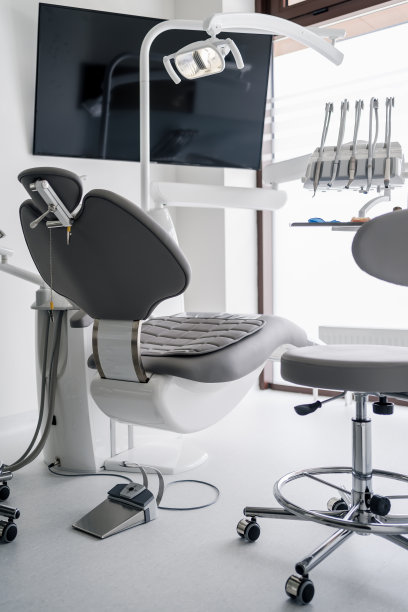The Essential Guide to Extract a Tooth Safely and Effectively for Pain Relief and Oral Health
Summary: Extracting a tooth can be a daunting experience, but with the right guidance, it can be performed safely and effectively. This article aims to provide a comprehensive overview of the essential steps needed for a successful tooth extraction, emphasizing the importance of preparation, pain management, aftercare, and when to seek professional assistance. By following these guidelines, you can alleviate pain and contribute to your overall oral health while ensuring a smooth recovery process. With a blend of medical advice and practical tips, this guide serves as an invaluable resource for anyone facing the prospect of a tooth extraction.
1. Importance of Proper Preparation Before Extraction

Before proceeding with a tooth extraction, thorough preparation is essential. This involves understanding the reasons behind the extraction, whether it be due to decay, overcrowding, or infection. Knowing exactly why the tooth needs to be removed helps in setting the correct expectations and may even influence subsequent treatment options for the affected area.
Consulting with a dental professional is critical. They will assess your dental health, perform necessary imaging, and provide detailed advice tailored to your situation. Follow their recommendations diligently, as they may prescribe antibiotics or pain relief to prepare your mouth for the procedure.
Furthermore, having the right tools on hand, whether they be gauze, antiseptic, or pain medication, can make the extraction process smoother. Ensuring youve arranged for someone to assist post-extraction can help alleviate stress, allowing you to focus on recovery.
2. Effective Pain Management Techniques
Pain management is a significant aspect of any tooth extraction. Prior to the procedure, local anesthetics are typically administered by a dentist to dull the pain. However, individuals can also prepare by discussing sedation options with their dental provider, ensuring they feel comfortable throughout the process.
Post-extraction pain can vary significantly from mild discomfort to severe pain. Over-the-counter pain relievers can be effective for managing pain in the hours following the extraction. It’s advisable to follow the recommended dosage and timing for the best results while also monitoring for any adverse reactions.
In addition to medication, natural remedies like ice packs can help minimize swelling and offer relief. Applying an ice pack to the outside of the cheek for intervals of 20 minutes can provide significant comfort and reduce inflammation, contributing to a smoother recovery.
3. Essential Aftercare Post-Extraction
Aftercare is vital for a successful recovery following tooth extraction. Once the tooth has been removed, its important to bite gently on a piece of gauze to help stop bleeding. Maintaining pressure here for a specified period can facilitate clot formation, which is crucial for healing.
Avoiding strenuous activity immediately after the extraction is critical to prevent complications. Engaging in physical exertion can elevate heart rate, potentially leading to increased bleeding and prolonged healing time. Instead, resting for at least 24 hours is advisable while gradually easing back into your routine.
Diet is also an essential consideration in the aftermath of tooth extraction. Soft foods and liquids should be the staples of your intake for the first few days. This approach prevents irritation in the extraction site while providing adequate nutrition, aiding in recovery.
4. When to Consult a Professional for Help
While many tooth extractions can be managed at home, there are specific situations that warrant immediate professional assistance. If bleeding continues for more than 24 hours or worsens, it’s imperative to contact a dentist. Excessive bleeding may indicate an underlying complication that requires attention.
Additionally, if you notice signs of infection, such as fever, increased pain, or pus discharge from the extraction site, seeking professional help is critical. Infections can escalate quickly and must be addressed with timely medical intervention, often requiring antibiotics or further procedures.
Lastly, failure to manage post-extraction discomfort effectively could result in complications like dry socket. If pain persists or worsens after a few days, a dental consultation is essential to rule out any issues and ensure that the healing process is on track.
Summary:
This guide underscores the importance of thorough preparation, effective pain management, diligent aftercare, and knowing when to seek professional help for tooth extraction. By following these essential steps, you can enhance your comfort and promote healing, ensuring that your oral health is prioritized post-procedure.
This article is compiled by Vickong Dental and the content is for reference only.


